THE HISTORY OF SAN DIEGO
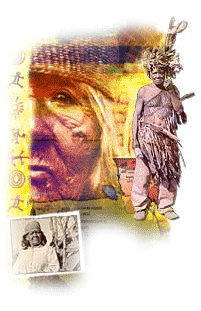
CALIFORNIA’S ORIGINAL PEOPLE
The earliest indications of people living in San Diego date back 9,000 years. They called themselves Kumeyaay. When the Spaniards arrived, they used the word Diegueño to identify the Indians associated with the Mission. In 1542 explorer Juan Rodriguez Cabrillo reported that the native indians, “were good natured and an attractive people.” With the arrival of the Spanish settlements in 1769, many Kumeyaay retreated to the hills.
• • • • • • • • •
Historic Sites located in Old Town San Diego
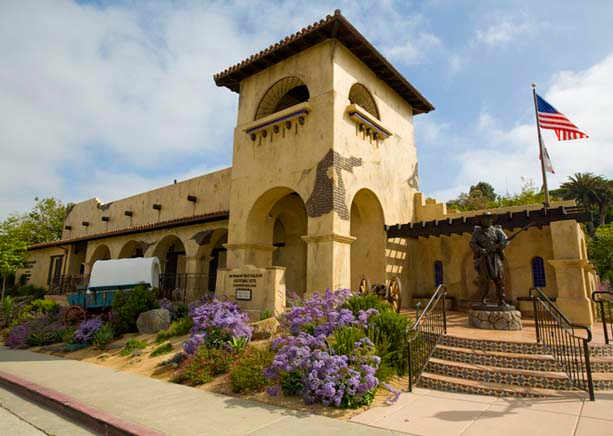
MORMON BATTALION
Arrived in San Diego in January of 1847 to support the American military garrison during the Mexican War. Five companies totaling over 500 men had been mustered in at Council Bluffs, Iowa on July 16, 1846. Along with 32 women, they made the longest march in military history consisting of 2,000 miles from Council Bluffs, Iowa, to San Diego. Located at 2510 Juan Street, open 9 am – 9 pm every day of the year.
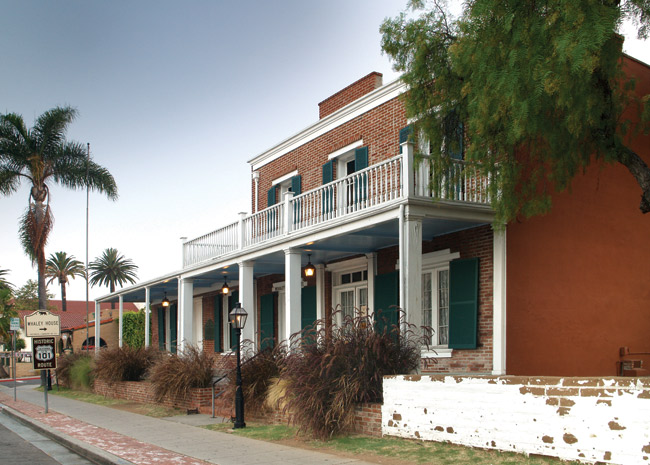
THE WHALEY HOUSE
According to the Travel Channel’s America’s Most Haunted, the Whaley House is the number one most haunted house in the United States. The alleged hauntings of the Whaley House have been reported on numerous other television programs and been written up in countless publications and books since the house first opened as a museum in 1960. Although we cannot state positively that the Whaley House is really haunted, the voluminous documentation of paranormal occurrences at the site makes a compelling case. But, if there are ghosts at the Whaley House, who are they and why are they here?
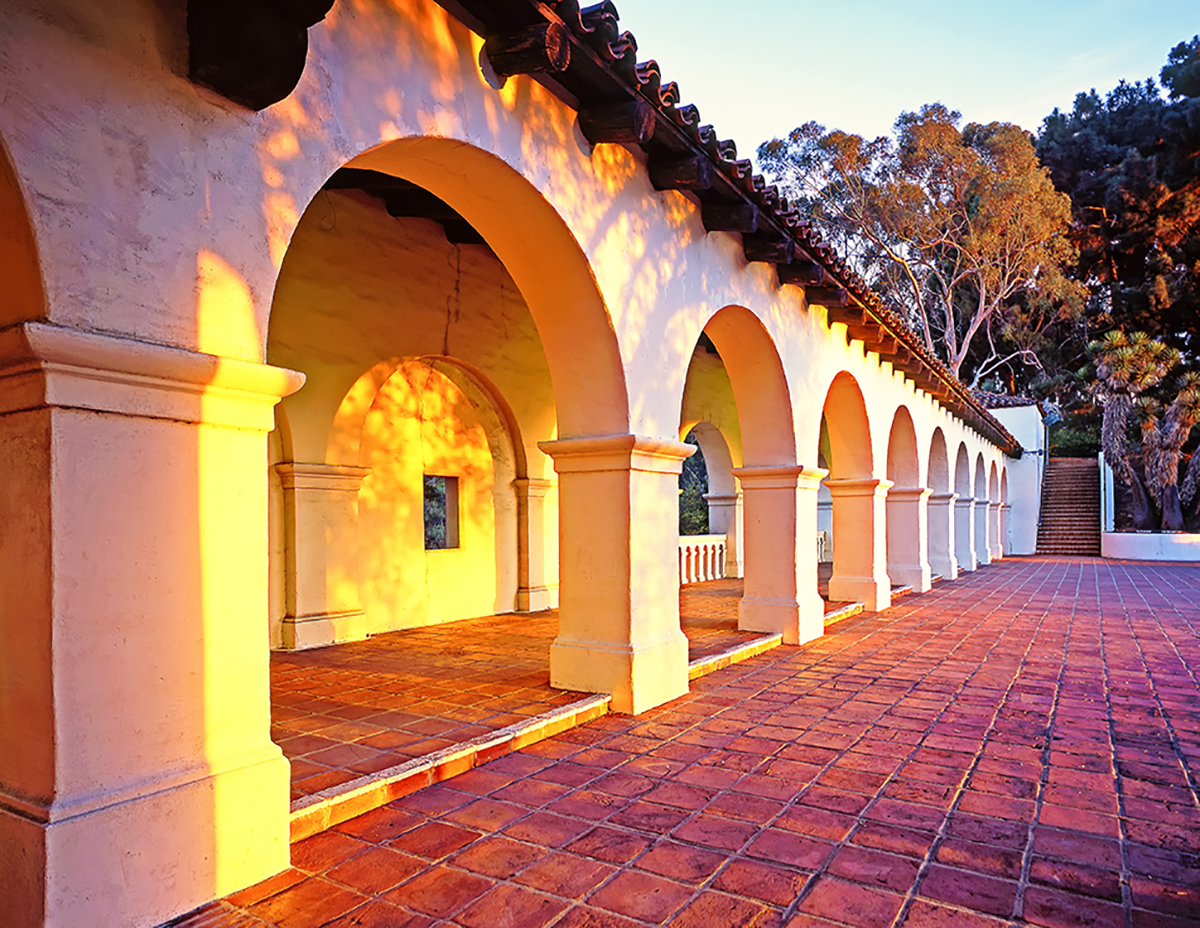
SERRA MUSEUM
This museum is located on the site of the original San Diego Presidio, one of only two in California. The museum chronicles Old Town’s original inhabitants, the Kumeyaay, to the present with classic photos and exhibits. Building was built to honor the site and house the Historical Center.
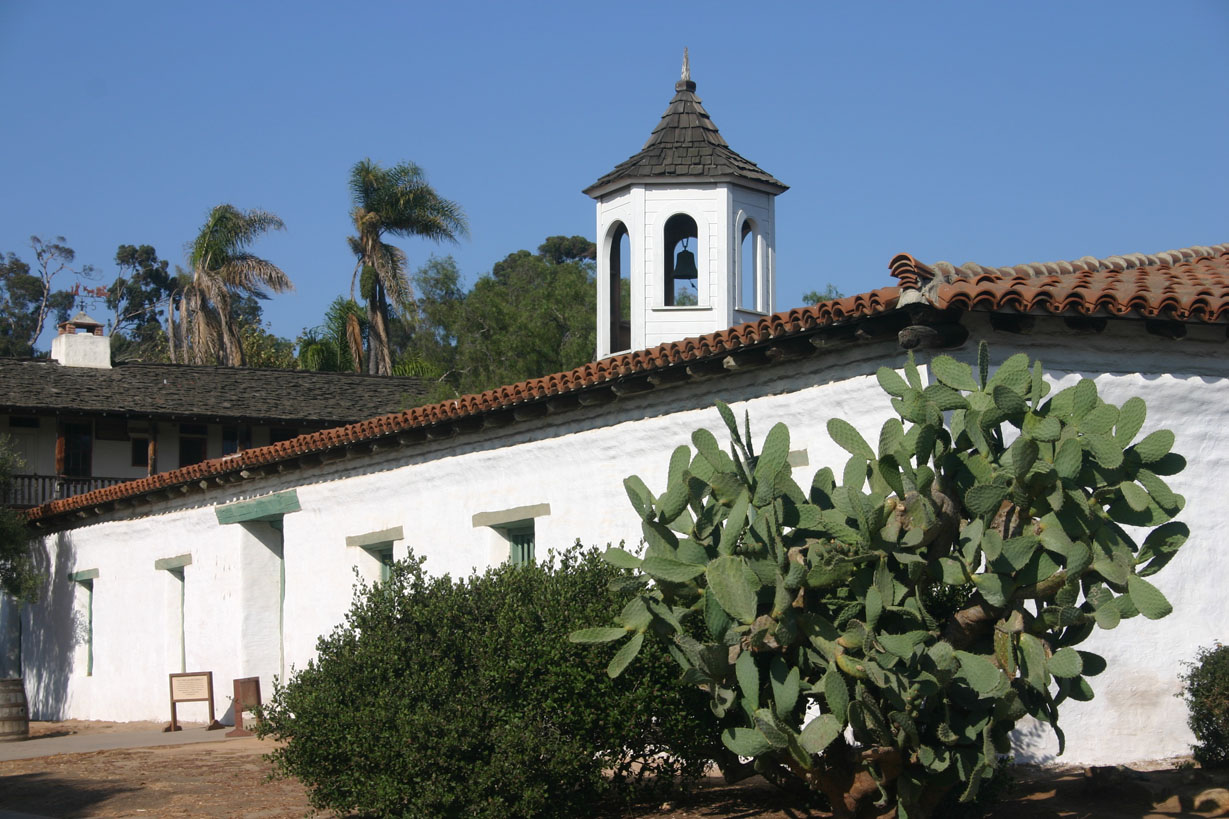
CASA DE ESTUDILLO
Constructed in 1825 as the home of Don Jose Antonio de Estudillo, a Spanish aristocrat. It became a sanctuary for women and children during the American occupation in 1846. For a number of years it was incorrectly identified as “Ramona’s Marriage Place” from Helen Hunt Jackson’s “Ramona”. The adobe structure is considered to be one of Old Town’s outstanding show places.